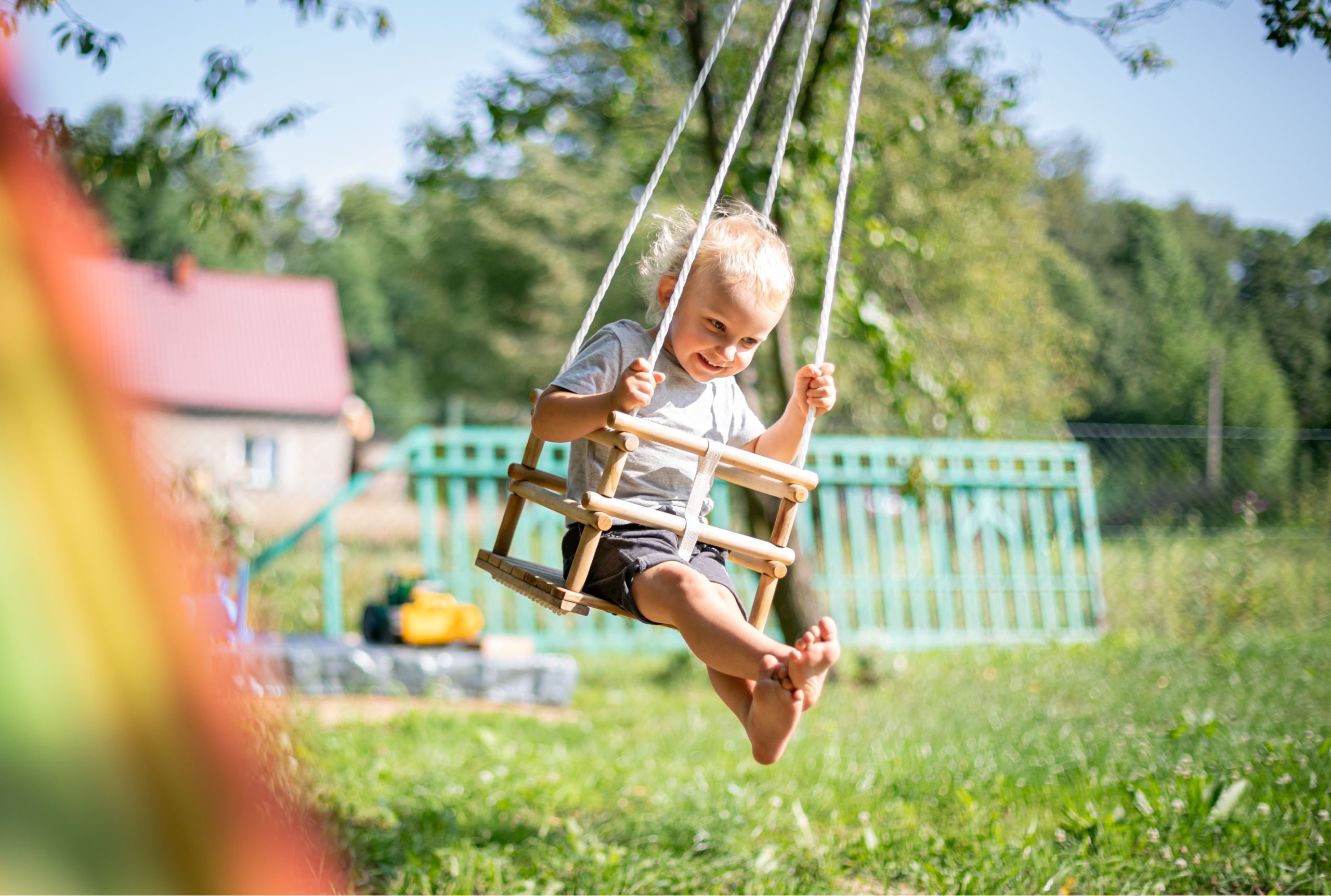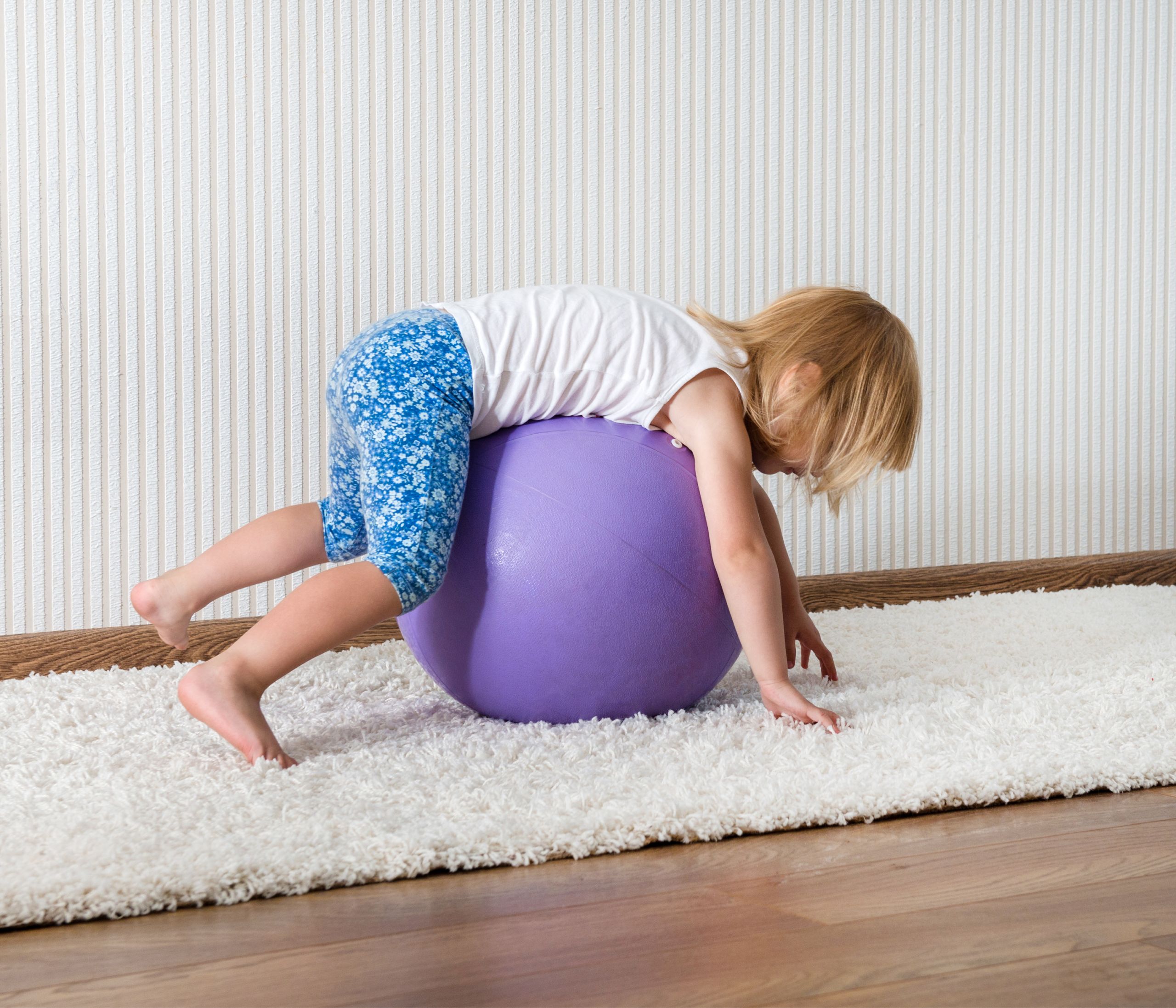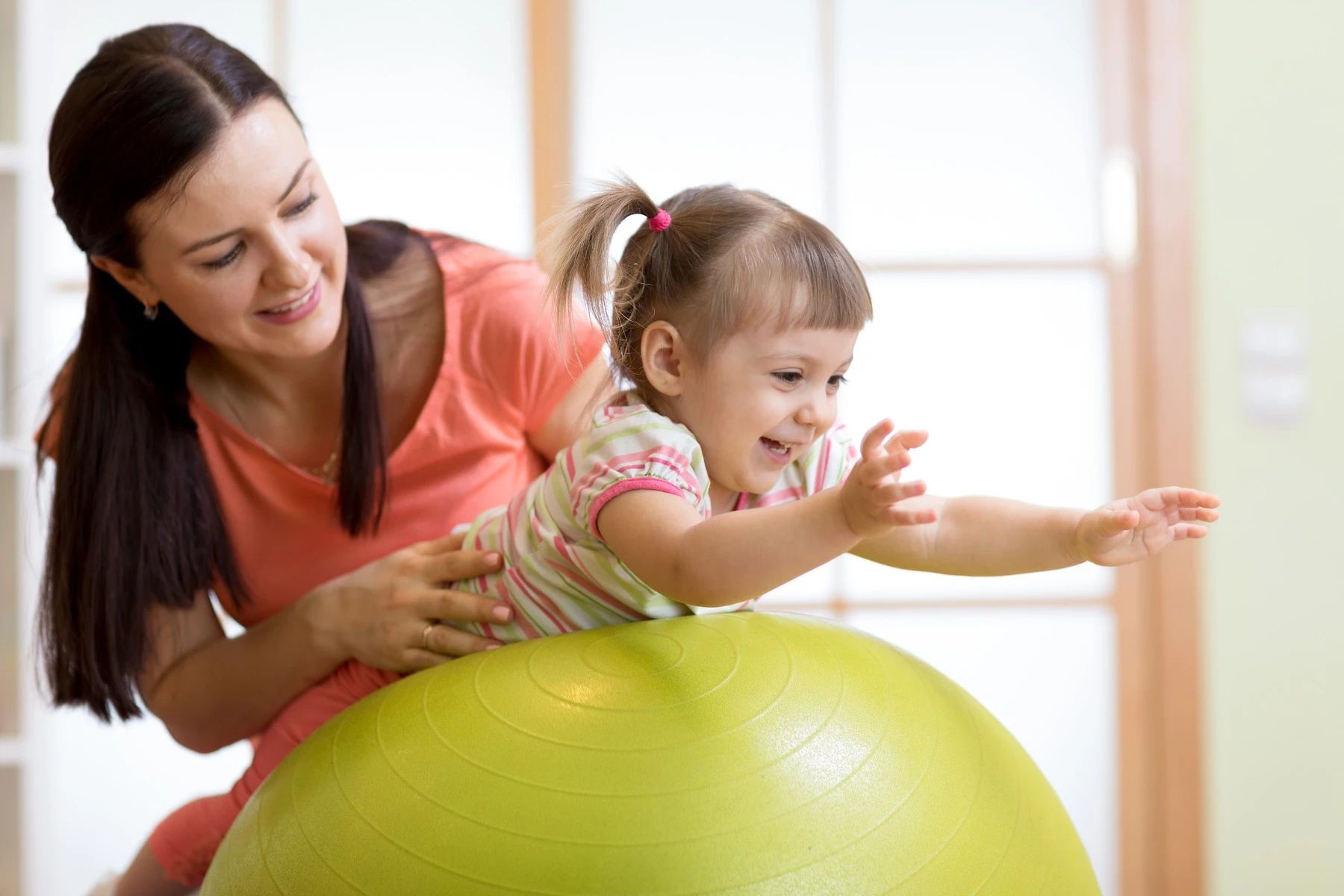
How to Support Your Child’s Vestibular System: Fun Activities, Benefits and Precautions
Supporting your child's vestibular development can make a big difference in their balance, coordination and sensory development. By incorporating playful and engaging activities into their daily routine, you will help strengthen their vestibular processing while making learning fun.
Check out these fun ideas and their benefits, and learn essential precautions to support your child’s vestibular system confidently and safely.

1. Swinging
Swinging on a playground swing or a therapy swing can provide consistent vestibular input. Encourage your child to swing in different directions and speeds.
Benefits: Swinging helps improve balance, coordination, and spatial awareness. It also supports muscle tone and arousal regulation, making it an effective way to engage the vestibular system.
2. Spinning and Twirling
Play games that involve spinning, such as spinning in a swivel chair or twirling around in a safe, open space. Ensure this is done in a safe environment to avoid falls.
Benefits: Spinning activities stimulate the vestibular system and improve the child’s sense of balance and coordination. They also help with sensory integration by challenging the body's ability to adapt to rapid changes in movement.
3. Rolling and Tumbling
Use a soft mat or a large therapy ball for rolling and tumbling activities. Encourage your child to roll forward, backward, or sideways.
Benefits: Rolling and tumbling enhance body awareness, coordination, and balance. These activities also aid in developing muscle strength and control, contributing to overall motor skills.
4. Rocking on a Therapy Gym Ball
Sit or lie on the tummy on a therapy gym ball and gently rock back and forth or side to side.
Benefits: This activity provides vestibular input while also promoting core strength.
5. Rolling in a Blanket
Have your child lie on a blanket, and gently roll them back and forth.
Benefits: This can offer a similar sensory experience to swinging without the need for a swing set.
6.Obstacle Courses
Create an indoor obstacle course with various textures and elevations. Activities such as crawling through tunnels, climbing over cushions, and walking on balance beams can provide vestibular input in a fun and engaging way..
Benefits: Climbing and crawling activities improve spatial orientation, body awareness, and gross motor skills. They also support muscle tone and coordination, which are vital for everyday tasks.
7. Jumping and Hopping
Incorporate jumping games such as jumping on a trampoline or hopping over low obstacles.
Benefits: Jumping and hopping help strengthen the vestibular system by challenging balance and coordination. These activities also contribute to improving overall muscle tone and body control.
8. Balance Activities
Engage in balance activities like walking on a balance beam, standing on one leg, or using a wobble board.
Benefits: Balance activities promote stability and coordination. They help the vestibular system integrate sensory information to maintain balance and posture.
Observing Your Child During Vestibular Activities
When engaging your child in these fun vestibular activities, it's important to monitor their responses to ensure they are safe and benefiting from the exercises. Here are some key observations to make:
- Comfort Level: Ensure that your child seems comfortable and not overly distressed during or after the activity. Overstimulation can lead to discomfort or anxiety.
- Duration of Activity: Observe how long your child can comfortably participate in the activity. Short, frequent sessions may be more effective and less overwhelming than longer sessions.

- Physical Reactions: Watch for signs of dizziness, nausea, or excessive fatigue. These could indicate that the activity is too intense or not suited to your child's current level of vestibular processing.
- Behavioral Responses: Notice if the activity triggers any unusual behaviors, such as excessive clinginess, aggression, or withdrawal. These behaviors may be a sign that the activity is either too challenging or not engaging enough.
- Posture and Coordination: Pay attention to how your child’s posture and coordination change during and after the activity. Improvements in these areas are good signs, while persistent difficulties may indicate a need for adjustments in the activities.

Precautions to Take
- Supervision: Always supervise your child closely during vestibular activities to prevent accidents or injuries. Make sure the environment is safe and free from hazards.
- Gradual Introduction: Introduce new vestibular activities gradually to avoid overwhelming your child. Start with mild activities and progressively increase the intensity as they become more comfortable.
- Check for Sensory Sensitivities: Be aware of any specific sensory sensitivities your child may have. For example, some children may be sensitive to spinning or rocking movements.
By incorporating these observations and precautions, you can help support your child’s vestibular development in a safe and effective way.
Lastly, if you are concerned about your child’s vestibular or other sensory processing challenges, consult a Paediatric Occupational Therapist or reach out to Hope Kids OT, where we can create tailored interventions to meet your child’s specific needs and abilities.
References:
Ayres, A. J. (2005). Sensory Integration and the Child. Western Psychological Services.
Gannotti, M. E., & Bowers, A. A. (2014). "The effect of vestibular input on postural control in children with developmental coordination disorder." American Journal of Occupational Therapy, 68(3), 298-305.
Miller, L. J., & Lane, S. J. (2000). "Diagnostic Manual for the Sensory Processing Measure." SOP Publishing.
Kranowitz, C. S. (2005). The Out-of-Sync Child: Recognizing and Coping with Sensory Processing Disorder. Perigee Books.

Find Out More
Explore how our occupational therapy services can empower your child to reach their goals.